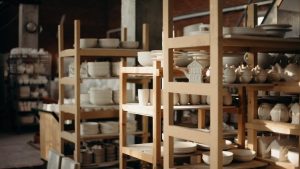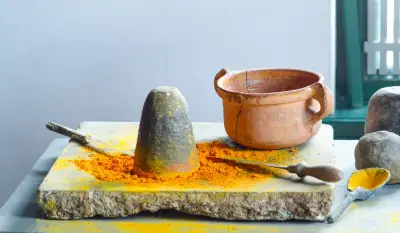Decorating ceramics is something very artistic. In this blog, you will find the best materials to use for painting your ceramics. To do this, we show the best methods, with the advantages and disadvantages also being explained.
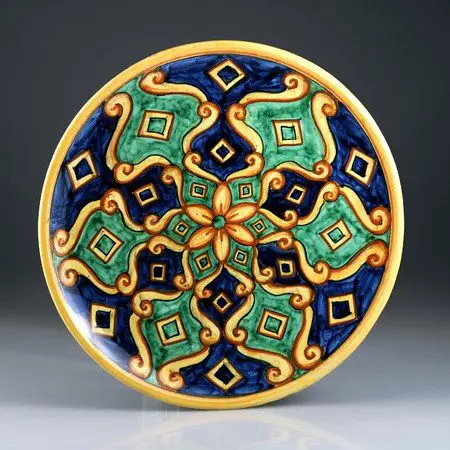
Table of Contents
Most Common Problems
First, we briefly explain the most common difficulties so that you can focus your attention on them throughout the article.
- Handling of the tools.
- The colors do not remain impregnated in the ceramic and will discolor over time.
- The colors mix.
Ancient techniques
Early methods were simple and relied essentially on the mere discovery, trial, and error. One of the simplest and most effective methods of painting was the use of ferrous earth.
Another very simple method was to leave the pieces of a certain key in the sun for several days so that they took on a particular color.
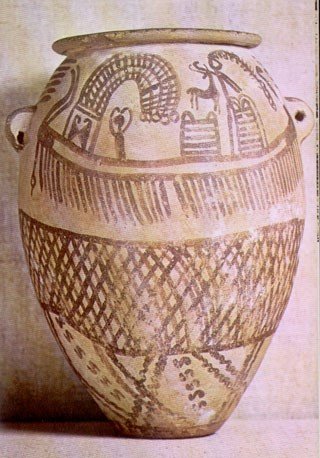
Preparation of the ceramic before painting
The following 3 methods are just some of the ways one can use to paint ceramics. Before we talk about these methods, it is very important to make the right preparations.
There is a general pottery preparation for each of the three options. This preparation serves to ensure that the paint adheres more easily to the ceramic and also lasts longer.
The first thing to do is:
- Abrade the ceramic with 180 or 220 grit sandpaper to remove any type of defect or imperfection.
- After sanding, wipe off any residue with a clean, damp cloth.
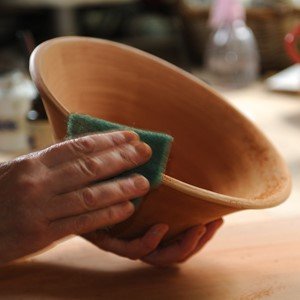
Material #1: Ceramic paints
There are different types of paints that we can use to paint ceramics. After sanding and cleaning our piece, we can now carefully apply one of the priming techniques, ceramic glaze. This glazing technique is essentially a preparation so that the pores of the pottery are completely covered, ready for firing and painting on a smooth surface.
Then you can start applying the paint in the desired shade with a brush in just one direction. This should be done very gently and patiently to avoid ugly stains as the paint dries.
It is therefore very important not to apply a second layer to a layer that has not yet dried, so patience is required. Oil paints are generally good for getting a solid and bold color.
After you have completely painted a piece, you should let it dry for 2 to 3 days. To give the work a shine, you can cover it with a layer of ceramic enamel.
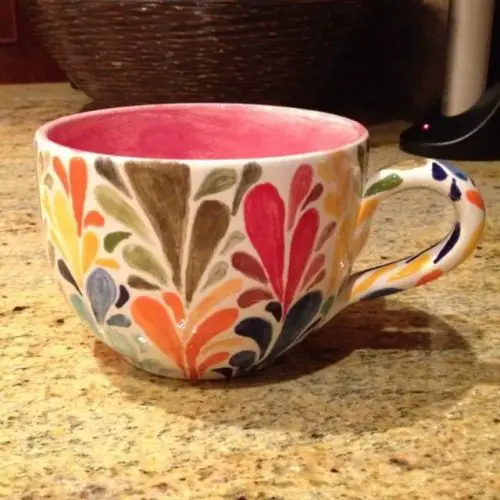
Types of paint
Oil paint
Oil paint consists of pigments mixed with natural oil, e.g. B. linseed oil are bound. This color uses enough pigment to get the right consistency.
This paint is great for tableware as it is highly water-resistant and non-toxic. You can also easily apply several layers with this color.
Acrylic paint
Acrylic paint is made from pigments bonded to water-soluble synthetic resins. This paint is ideal for anyone new to the world of ceramics because all you need is paint, water, and a brush.
These colors also have the advantage that they dry quickly. These colors are less suitable for applying multiple layers.
Advantages of using paint
- These colors are very easy to apply.
- They leave a very nice and eye-catching finish.
Disadvantages
- Colors may mix if one layer is not completely dry.
- Patience and a suitable space with sufficient ventilation are required to allow the paint to dry completely.
Material #2: Aerosol
Using aerosol on ceramics may sound strange, but it is actually easy to use.
Before applying aerosol to the workpiece, be sure to sand the piece well. Aerosol is then much easier to impregnate. The reason for this is that the grinding leaves open pores through which the aerosol can penetrate very deeply.
Don’t forget, the spray cans should always be shaken very well before use. One should spray the piece evenly to get a good result. You can do that too
Apply several layers. We recommend applying between 4 and 5 layers so that the paint is well impregnated. You should wait between 15 and 30 minutes between the individual layers so that the materials can dry well.
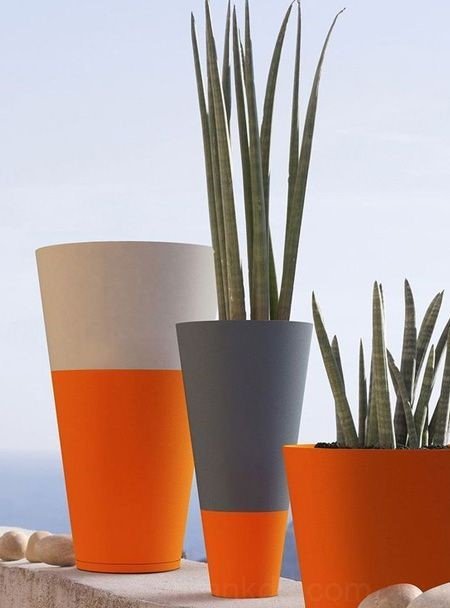
Types of aerosols
Aerocolor multiface paint
This type of aerosol is used for different types of materials but is also known to be used on ceramics. There is a wide range of colors and is available in 300ml and 400ml sizes.
Pintyplus gesso
This material is water-based like most of the types we use to paint ceramics. It is therefore perfect for the ceramic primer, but is only available in white and matt. This product comes highly recommended as it is specifically designed for the priming process.
Pintyplus Evolution
This acrylic spray paint dries ultra fast and gives very effective results. Mainly used for decorative ceramics, Pintyplus Evolution is available in 200ml and 400ml sizes with a wide range of gloss, matt and metallic colors.
A detail that sets this product apart from others is that they offer products specifically designed for ceramics.
Advantages of using spray paint
Using spray paint as the starting material for painting our pottery can help speed up the drying process and therefore the entire process from start to finish.
Disadvantages of using aerosols
A very big disadvantage of aerosol is that you can get bad results if used improperly or untrained. It can then appear uneven and also lead to blotchy results.
Material #3: Markers
This type of material is essentially used for the decoration of ceramics and usually to add small details. In order for the drawing or design to be engraved, the ceramic piece must be placed in the oven at 190ºC for approximately 40 minutes. This way the design will fade less quickly.
A major benefit of using markers for decoration is that you can make shapes on tape that you stick onto the pottery. This makes painting much easier.
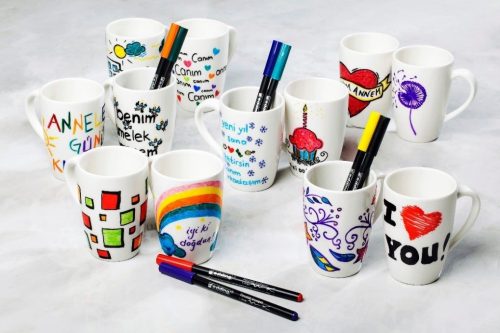
Types of markers
Edding
This is a well-known brand of specialty markers for ceramics. Thanks to the flexible brush tips, they deliver a very professional result. They are also waterproof, but can also be corrected with soap and water.
Monami
These markers are available in a wide range of colors. They are waterproof, not permanent, and give a very nice result.
Keten acrylic paint marker
In contrast to the Edding markers, they have a round tip, have very strong and bright colors thanks to highly pigmented acrylic paint, and are non-toxic. These can therefore be used safely on dishes.
Advantages of using markers
Some of the benefits of using these markers on our ceramics are:
- They give us the opportunity to create beautiful designs and personalize our pieces to make them truly unique.
- Markers are easy to obtain.
- This method has a very important advantage. Pieces can be designed in a variety of ways, as using different colors is easier with this type of material.
Disadvantages of using markers
Markers can be damaged more quickly because of their tip. If the ceramic is not well sanded and has defects or imperfections, the tips can be damaged when painting.
Recommendation
When it comes to small details, markers are ideal. If you want to paint ceramics in one or more colors, oil paint is suitable. Oil paint can easily be applied in several layers and this gives a very nice result.

